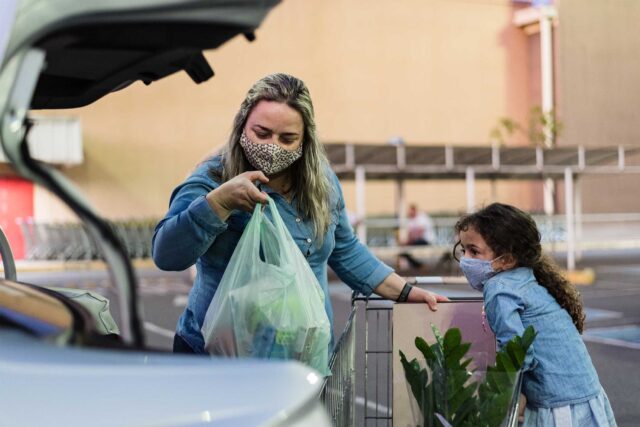In the early months of the COVID-19 pandemic, state and federal measures—including stimulus payments, increased unemployment insurance (UI) payments, increased food assistance benefits, and extended eligibility periods for some safety net programs—averted a sharp increase in poverty. But the impact of the COVID-19 shutdown has been especially bifurcated. As the state emerges from the pandemic, the safety net can help make the recovery more equitable. At a PPIC virtual event last week, Caroline Danielson outlined a new PPIC report about how policymakers might best leverage safety net resources during recessions and recoveries, and then moderated a discussion with a panel of experts.
Danielson noted that California’s safety net does respond to increased need during recessions, but there are gaps, particularly for adults without children and families with mixed immigration statuses. California’s largest safety net programs share several features that create challenges during economic downturns: gaps in program eligibility, incomplete take-up of programs, and an insufficiently systemic approach. Given the major role of federal policymakers in regulating and funding much of the safety net, what can state policymakers do to leverage resources?
Kim Johnson, director of the California Department of Social Services, pointed to the partnership between community-based organizations and the state during the pandemic as a model for the future. “The way in which we have come together . . . has been tremendous, and absolutely needed,” she said. At the beginning of the pandemic, the state worked with community groups to find ways to get support to people who were being asked to stay at home, to avoid unnecessary “churn,” and get support both to those who were already enrolled and those who were newly in need.
California also looked to fill gaps created by federal rules—by creating the Disaster Relief Assistance for Immigrants program, for example. Andrew Cheyne, director of government affairs for the California Association of Food Banks, noted the importance of filling these gaps. He pointed to proposed legislation to provide dedicated food resources for Californians excluded from CalFresh due to federal rules and stressed the need to address disparate rates of safety net uptake for non-English-speakers. In general, he added, “We need to be affirmative in dismantling institutional biases.”
Mayra Alvarez, president of the Children’s Partnership, said that the pandemic highlighted the need for a systemic approach. “We can’t be looking at single programs,” she said. “What are the systems that are set up to serve our most marginalized communities? . . . How can we support those systems to be more responsive? I think that really came to life during this pandemic.”
The panelists agreed that there is great potential for change. State and federal leaders are proposing an array of measures that expand safety net access and provide economic relief. As Johnson put it, “This is an opportunity like no other. It’s hard to say if it’ll come around again. And I do think that there’s so much alignment in the commitment, in the ‘how’ we are wanting to go about our work in making the change.”


